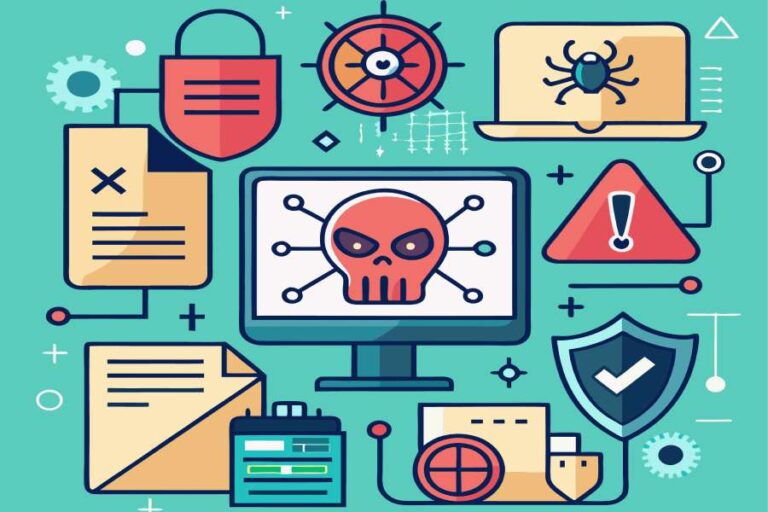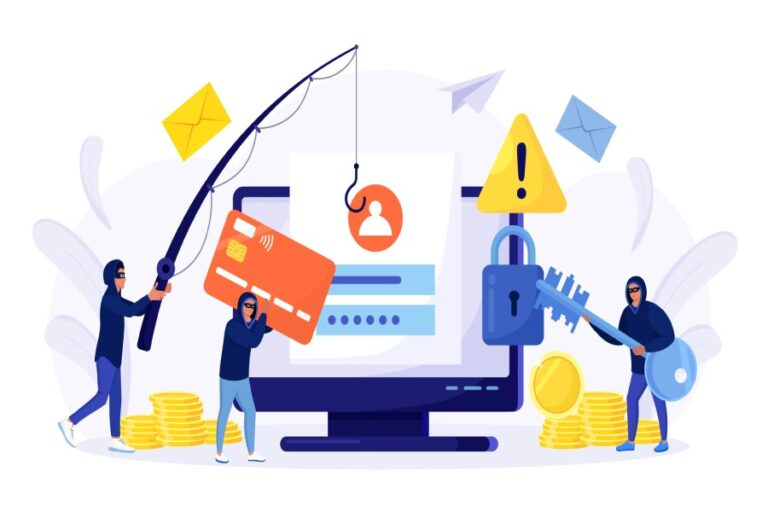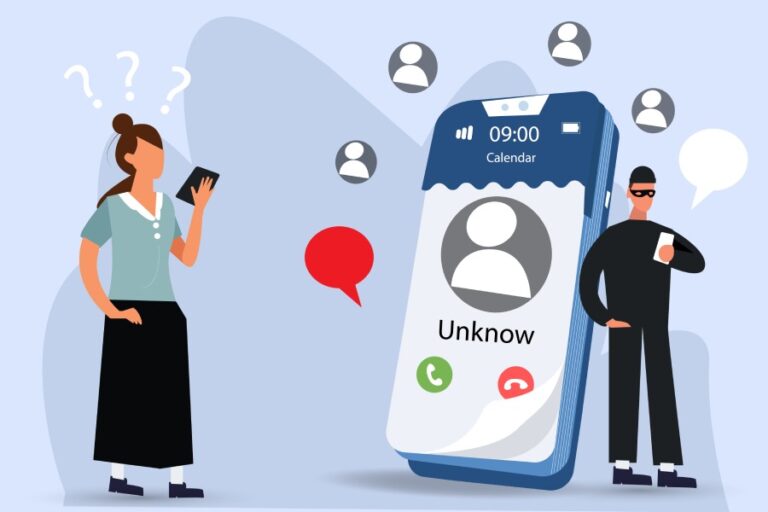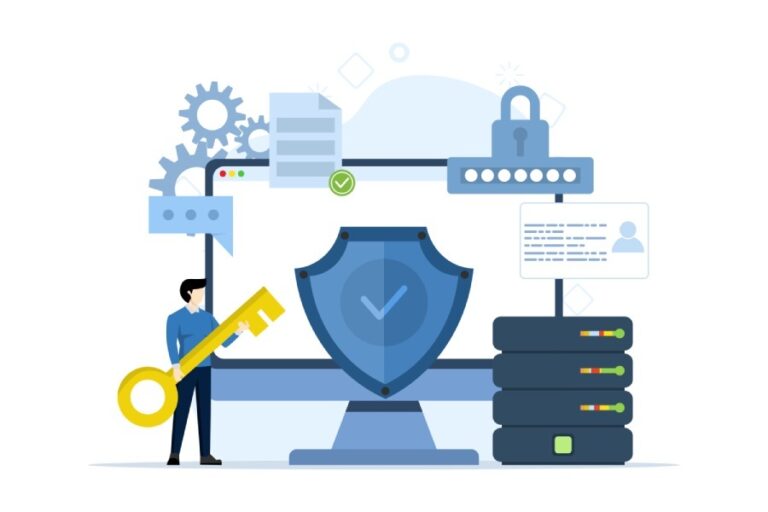
What Is Typosquatting? Understanding Its Definition and Risks
Definition of Typosquatting Typosquatting is a deceptive practice in which cybercriminals register domain names that are intentional misspellings or slight variations of well-known websites. At first glance, these domains might seem benign, but they are often constructed for malicious intent. The primary objective is to capture web traffic meant for legitimate sites; when users fail…

Google Security Alerts: How to Protect Your Account from Phishing
In today’s digital age, protecting your online accounts, especially your Google account, has never been more crucial. With phishing scams becoming increasingly sophisticated, recognizing when your account might be under threat can be the difference between safeguarding your personal information and falling victim to cybercriminals. You might think that these alerts are just another hassle,…

What Is Phone Number Spoofing? Understanding Techniques and Risks
In an age where our phones buzz with endless notifications, the last thing we want is to be misled by strange numbers popping up on our caller ID. Phone number spoofing is a significant issue that can leave anyone feeling uneasy about who’s really calling. It’s not just a pesky annoyance; it has serious implications…

SK Telecom Breach, Massive Ransomware Outage, Beware AI Links
Hey people! Welcome to July week 2. Here comes our fresh dose of cyber bulletin that will keep you up-to-date on the latest cyber incidents and will also help you protect yourself from potential cyber scams. This week, we will talk about the SK Telecom breach in South Korea that led to penalties being levied….

How to Prevent SQL Injection Attacks: Best Practices for Secure Applications
What is SQL Injection? SQL Injection (SQLi) is a cyber vulnerability that arises when attackers manipulate SQL queries by injecting malicious code into input fields intended for user data. This type of attack exploits the way applications communicate with their databases, particularly when these interactions aren’t properly secured. At its core, SQLi leverages poorly constructed…

Sending official emails in New Zealand? You’ll need DMARC now
Different countries treat email security differently, and it shows in how they handle DMARC.The reason behind this could be that they’re exposed to a different threat landscape altogether, or maybe their priorities are different. Well, New Zealand was one of those countries that didn’t have any strict DMARC norms until very recently. It’s not like…

What Is a PTR Record? Understanding Its Importance in DNS Lookup
What Are PTR Records? PTR records, often called Pointer Records, serve a distinctive role within the realm of DNS by facilitating reverse DNS lookups. Instead of mapping a domain name like example.com to an IP address, which is typical for standard DNS queries, PTR records connect an IP address back to its corresponding domain name….
